The ancient salt ponds of Maras are an endless treasure, not only holding high value but also showcasing captivating beauty.
Maras is a town located in the Sacred Valley of the Incas, Peru, where an ancient tradition still thrives – the use of pre-Incan salt ponds. These remarkable structures continue to provide the country with pink salt – a mineral recommended by experts as a healthy option for seasoning meals due to its healing properties.
In addition to its nutritional value, the salt ponds of Maras are often visited for their spectacular scenery.
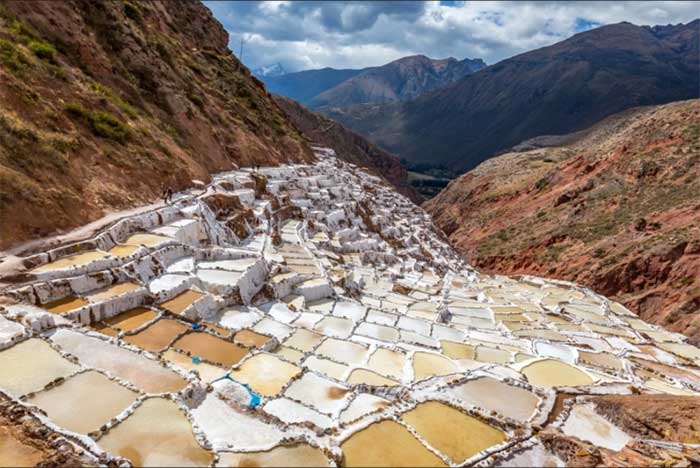
The ancient salt ponds of Maras are one of the unique attractions in Peru.
The salt ponds were constructed in 200 AD by the Chanapata culture, which predated the Incas. The terraced salt fields in Quechua are known as Kachi Raqay and are situated at an altitude of 3,000 meters above sea level.
There are approximately 5,000 ponds, each belonging to a local family, while some remain unused.
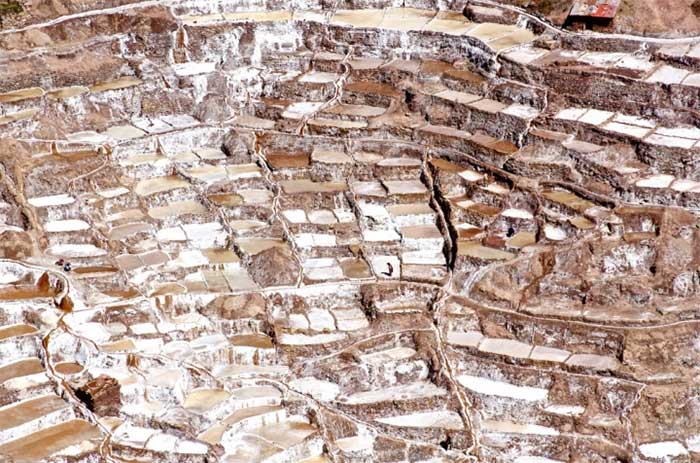
The impressive view of the salt ponds resembling terraces when viewed from above.
Each pond typically covers an area of 5 square meters and has a depth of 30 cm. An ancient spring channel known as Qoripujio supplies water to the ponds through a network of smaller channels that run through the complex.
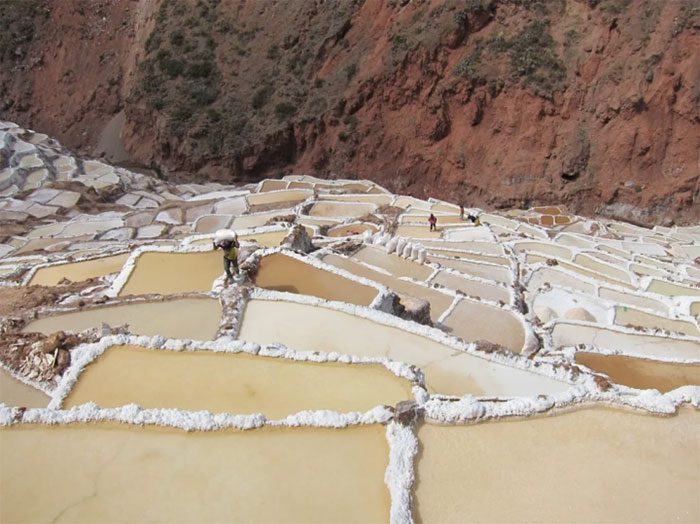
These salt ponds have developed over thousands of years.
When salt farmers want to fill the ponds, all they need to do is dig a channel for the brine to flow in. Once the pond is full, they let it dry in the arid Andean weather until all the water evaporates. After everything has crystallized, the process of scraping the pink salt begins.
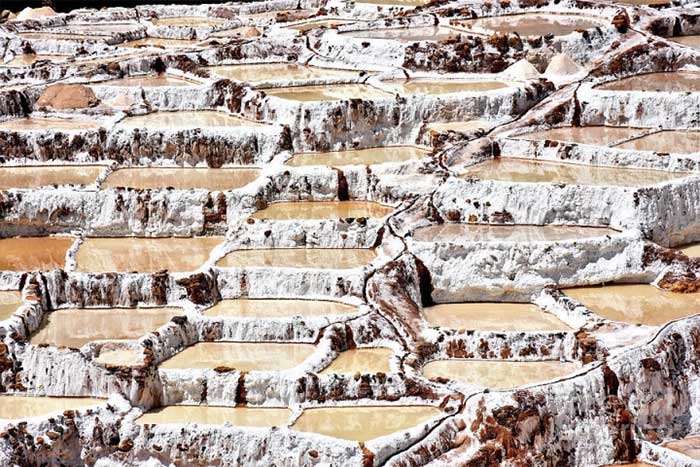
It took centuries to design the layout of hundreds of thousands of salt ponds like this.
Many experts recommend Maras salt for those with hypertension due to its low sodium chloride content. Maras salt also contains calcium, iron, zinc, and magnesium, making it a good remedy for skin conditions and inflammation. It is important for processors to season with Maras salt after cooking, as the salt loses its medicinal properties at temperatures above 40 degrees Celsius.
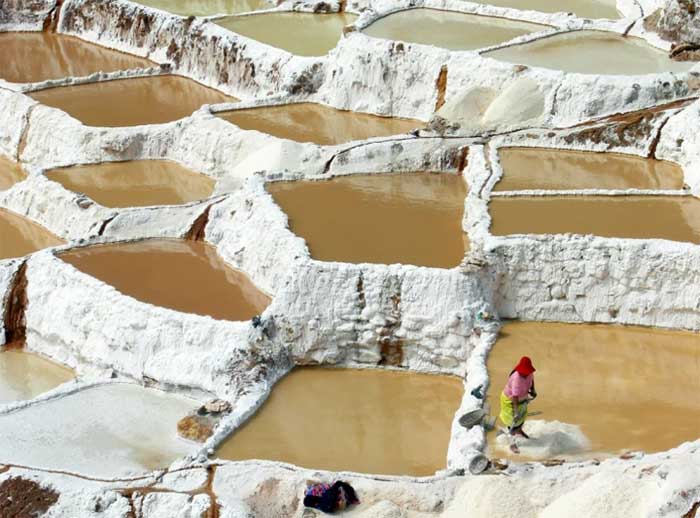
To form this massive system of salt ponds, scientists estimate that many generations have worked continuously and diligently, requiring high attention to measurements and details.
The harvested salt can be purchased on-site at a very low price; however, once packaged and sold in supermarkets, the price tends to triple.
The salt ponds in Maras are becoming a popular tourist attraction in Cusco due to their stunning scenery and historical value. By visiting Maras, tourists also contribute to the local community of artisans, who will share with you the traditions they have inherited from their ancestors with gratitude.
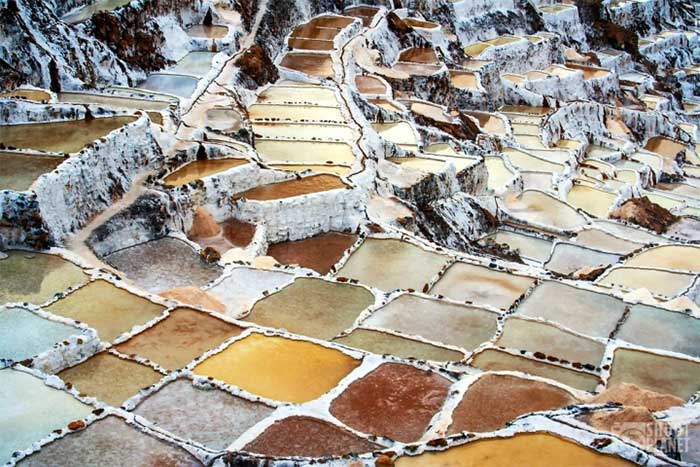
The ancient salt ponds of Maras are an endless treasure.
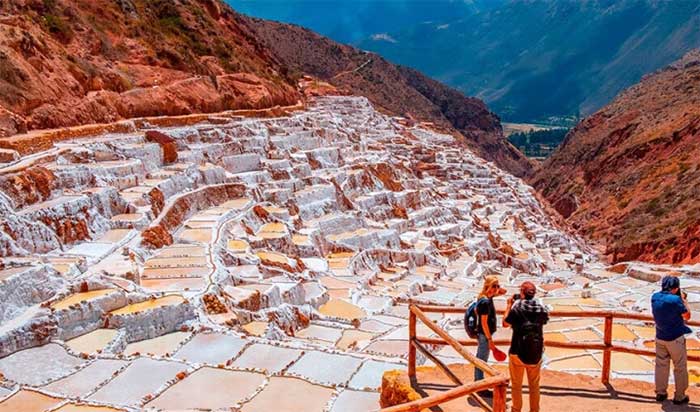
A site that attracts many tourists to explore and learn more about the local people’s lives.
To visit the salt ponds in Maras, tourists must pay a fee to the local community. The town of Maras itself, located 4 km from the salt ponds, is also a worthwhile destination on the journey to explore this magnificent site.


















































